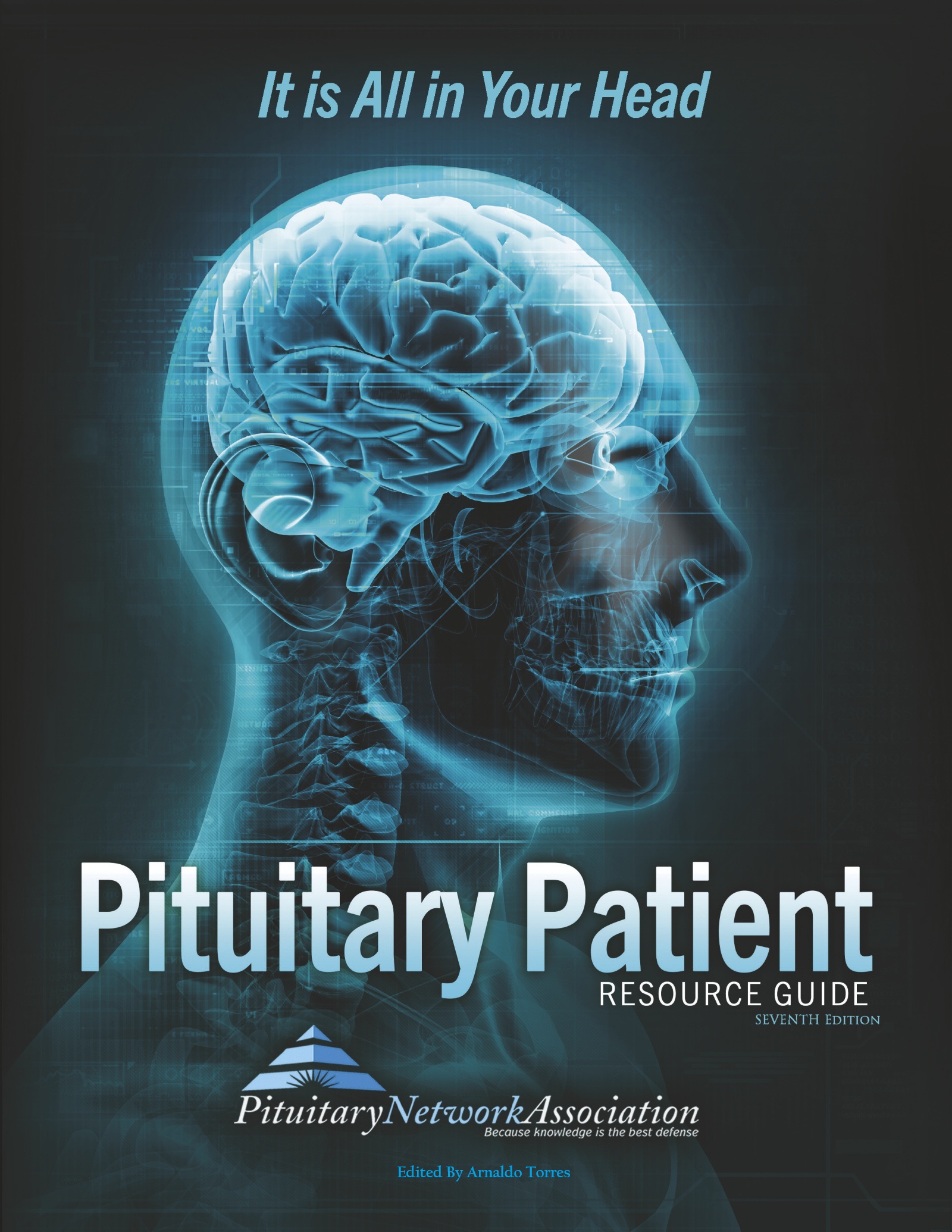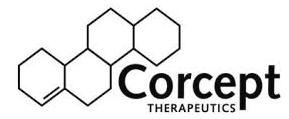Cushing’s Syndrome
Cushing’s syndrome is a debilitating endocrine disorder characterized by excessive cortisol levels in the blood which may be the result of a tumor of the pituitary gland, adrenal glands (located above the kidneys) or from tumors or cancer arising elsewhere in the body (ectopic ACTH producing tumors). Cushings disease refers specifically to excessive ACTH secretion by a pituitary tumor (also called pituitary adenoma). The cause of Cushings Syndrome is a pituitary adenoma in over 70% of adults and in approximately 60-70% of children and adolescents. Most pituitary ACTH-secreting adenomas are small in size (microadenomas). Overall, Cushings Disease is relatively rare, affecting 10 to 15 of every million people each year, and most commonly affects adults aged 20 to 50 years. Women account for over 70% of cases.
Symptoms and signs of Cushings syndrome and disease may include:
- Change in body habitus: weight gain in face (moon face), above the collar bone (supraclavicular) and on back of neck (buffalo hump)
- Skin changes with easy bruising, purplish stretch marks (stria) and red cheeks (plethora)
- Excess hair growth (hirsutism) on face, neck, chest, abdomen, and thighs
- Generalized weakness and fatigue
- Loss of muscle
- Menstrual disorders in women (amenorrhea)
- Decreased fertility and/or sex drive (libido)
- Hypertension
- Diabetes mellitus
- Depression with wide mood swings
DIAGNOSIS
Comparison of old and recent photographs will often demonstrate the marked changes in facial appearance and body habitus of patients who develop Cushing’s syndrome or Cushing’s disease. However, the diagnosis of Cushing’s disease is often long delayed and can be difficult to make. An endocrinologist should always supervise the evaluation for Cushing’s disease.
Hormonal Diagnosis:
The first step in diagnosing Cushing’s disease is to confirm the presence of excessive cortisol secretion (Cushing’s syndrome). This diagnosis is most easily made by performing a low-dose dexamethasone suppression test or a 24-Hour urine collection to quantitate cortisol levels. The low-dose dexamethasone suppression test involves taking a small dose of dexamethasone (1mg) at 11 pm and having blood drawn for cortisol the following morning at 8 am.
Once the diagnosis of Cushing’s syndrome is established, the source of the excess cortisol needs to be determined: either from an adrenal gland tumor, an ectopic ACTH-producing tumor or a pituitary ACTH-producing adenoma. A high dose dexamethasone test, ACTH levels, metyrapone test, and/or sometimes a CRH test are used for this determination. In some individuals with depression, alcohol abuse, anorexia nervosa or high estrogen levels, cortisol levels may be chronically elevated. These patients with “pseudo-Cushing’s” may be difficult to distinguish from those with true Cushing’s disease. Additional hormonal tests are often needed to clarify the diagnosis in these individuals.
Petrosal Sinus Sampling:
Petrosal Sinus Sampling is an angiographic and endocrinological test used to distinguish between ectopic ACTH production or pituitary ACTH production (Cushing’s disease). It is also used to help determine on which side of the pituitary gland an adenoma is located in patients with normal MRIs of the pituitary but with hormonal studies strongly suggesting Cushing’s disease. Petrosal sinus sampling should never be performed before the diagnosis of Cushing’s syndrome is established.
Imaging:
If laboratory tests suggest a pituitary adenoma as the cause of Cushing’s, then a pituitary MRI is performed to confirm the diagnosis. In approximately 70% of cases an adenoma can be seen. A CT scan will detect only about 50% of adenomas. CT scans of the adrenal glands are very useful fordetermining the presence or absence of an adrenal tumor causing Cushing’s syndrome.
TREATMENT
Surgery:
The only way to achieve long term cure of Cushing’s disease is by transsphenoidal removal of the adenoma. Long-term remission or “cure rates” are 80-85% for microadenomas (tumors less than 1cm) and adenomas contained within the sella and are 50-55% for macroadenomas (tumors greater than one 1cm) and adenomas with suprasellar or cavernous sinus invasion.
Medical therapy:
In patients who fail to have remission of their Cushingoid state after surgery, there are several medications which can be used to help control cortisol levels. Most typically, these include ” adrenal-directed” medications: ketoconazole, aminoglutethemide, and metyrapone. These agents all inhibit steroid (cortisol) production in the adrenal glands. All are relatively effective but all have some side effects. Obviously, these medications correct the hormonal problem, but not the anatomical one (i.e., the pituitary tumor may continue to grow, causing a condition called Nelson’s syndrome).
Radio-therapy:
For patients whose Cushing’s disease is not controlled with surgery, both conventional (external beam) and stereotactic radiosurgery are effective in controlling cortisol levels and tumor growth in many patients. However, the lowering of cortisol levels generally takes significantly longer with external beam radiotherapy compared to stereotactic radiotherapy. Also, external beam radiation reliably causes loss of normal pituitary function over 5 to 10 years. Neurologic complications such as visual loss, weakness, and memory impairment have rarely been reported with both external beam and stereotactic radiotherapy.






